elemintalshop
Huma Bird of Paradise & Map 50 So'm Uzbekistan Authentic Coin Money for Jewelry and Collage (2001) (Independence)
Huma Bird of Paradise & Map 50 So'm Uzbekistan Authentic Coin Money for Jewelry and Collage (2001) (Independence)
Couldn't load pickup availability
Huma Bird & Map 50 So'm Uzbekistan Authentic Coin Money for Jewelry and Collage (Bird of Paradise) (2001) (Independence)
Commemorative issue - 10th Anniversary of Independence
Obverse: Huma Bird, in the State Seal of Uzbekistan.
The sun is rising over a valley. Bolls of cotton are on the left and sheaves of wheat are on the right. In the center, a right-facing Huma (or Khumo) is displayed with outstretched wings. This legendary bird symbolizes peace, happiness and striving for freedom. The crescent moon with star are symbols of Muslim blessing. The surrounding eight pointed star symbolizes unity. Beneath the name Uzbekistan is on the tri-colored flag.
Lettering: OʻZBEKISTON MARKAZIY BANKI
2001
Translation: Central Bank of Uzbekistan
Reverse: Map of Uzbekistan, denomination above
Lettering: OʻZBEKISTON RESPUBLIKASI MUSTAQILLIGINING
50 SOʻM
·10 YILLIGI· (10th Anniversary)
Translation: Independence of the Republic of Uzbekistan, 10th Anniversary
Features
Issuer Uzbekistan
Period Republic (1991-date)
Type Circulating commemorative coin
Year 2001
Value 50 Soʻm (50 UZS)
Currency Second soʻm (1994-date)
Composition Copper-nickel clad steel
Weight 8 g
Diameter 26.2 mm
Thickness 2 mm
Shape Round
Technique Milled
Orientation Medal alignment ↑↑
Demonetized 1 July 2019
Number N# 5885
References KM# 15, Schön# 40
Wikipedia:
The Huma (Persian: هما, pronounced Homā, Avestan: Homāio), also Homa, is a mythical bird of Iranian legends and fables, and continuing as a common motif in Sufi and Diwan poetry. Although there are many legends of the creature, common to all is that the bird is said never to alight on the ground, and instead to live its entire life flying invisibly high above the earth.
There are numerous folk interpretations of the name, among them that of the Sufi teacher Inayat Khan, who supposed that "in the word Huma, hu represents spirit, and the word mah originates from the Arabic 'Maʼa' ماء which means water."
...The Huma bird is said to never come to rest, living its entire life flying invisibly high above the earth, and never alighting on the ground (in some legends it is said to have no legs).
In several variations of the Huma myths, the bird is said to be phoenix-like, consuming itself in fire every few hundred years, only to rise anew from the ashes. The Huma bird is said to have both the male and female natures in one body (reminiscent of the Chinese Fenghuang), each nature having one wing and one leg. Huma is considered to be compassionate, and a 'bird of fortune' since its shadow (or touch) is said to be auspicious.
In Sufi tradition, catching the Huma is beyond even the wildest imagination, but catching a glimpse of it or even a shadow of it is sure to make one happy for the rest of his/her life. It is also believed that Huma cannot be caught alive, and the person killing a Huma will die in forty days.
In Ottoman poetry, the creature is often referred to as a 'bird of paradise'; early European descriptions of the Paradisaeidae species portrayed the birds as having no wings or legs, and the birds were assumed to stay aloft their entire lives.
In Attar of Nishapur's allegorical masterpiece The Conference of the Birds, an eminent example of Sufi works in Persian literature, the Huma bird is portrayed as a pupil that refuses to undertake a journey because such an undertaking would compromise the privilege of bestowing kingship on those whom it flew over. In Iranian literature, this kingship-bestowing function of the Huma bird is identified with pre-Islamic monarchs, and stands vis-a-vis ravens, which is a metaphor for Arabs. The legend appears in non-Sufi art as well.
The kingship-bestowing function of the Huma bird reappear in Indian stories of the Mughal era, in which the shadow (or the alighting) of the Huma bird on a person's head or shoulder were said to bestow (or foretell) kingship. Accordingly, the feathers decorating the turbans of kings were said to be plumage of the Huma bird.
Sufi teacher Inayat Khan gives the bestowed-kingship legend a spiritual dimension: "Its true meaning is that when a person's thoughts so evolve that they break all limitation, then he becomes as a king. It is the limitation of language that it can only describe the Most High as something like a king."
The Huma bird symbolizes unreachable highness in Turkish folk literature. Some references to the creature also appear in Sindhi literature, where – as in the diwan tradition – the creature is portrayed as bringing great fortune. In the Zafarnama of Guru Gobind Singh, a letter addressed to Mughal Emperor Aurangzeb refers to the Huma bird as a "mighty and auspicious bird".
**********
Wikipedia:
The state emblem of Uzbekistan was formally adopted on July 2, 1992 by the newly establish Republic of Uzbekistan. It bears many similarities to the emblem of the previous Uzbek SSR, which Republic of Uzbekistan succeeded. Like other post-Soviet republics whose symbols do not predate the October Revolution, the current emblem retains some components of the Soviet one. Prior to 1992, Uzbekistan had an emblem similar to all other Soviet Republics, with standard communist emblems and insignia.
The coat of arms displays the natural wealth of the country. On the left there is a cotton plant, which has been immensely important to the country's industry and agriculture since the Soviet era as the Uzbek Soviet Socialist Republic was one of the main producers and supplies of cotton in the entirety of the USSR, thus it is often called the white gold symbolizing its sheer significance. To the right is a wreath of wheat ears, symbolizing the country's wealth and prosperity. Together, both cotton and wheat plants are intertwined with the ribbon of the state flag, which portrays the peace and consolation of different peoples and ethnic groups living within the republic.
It is surmounted by the blue star of Rub El Hizb (۞) with white star and crescent inside, a symbol of Islam, which a majority of Uzbeks profess.
In the center, a right-facing Huma (or Khumo) is displayed with outstretched wings. This legendary bird symbolizes peace, happiness and striving for freedom. Enclosed by the Huma's wings is a depiction of the rising sun over mountains, overlooking green pastures. Two rivers, the Amu Darya and Sir Darya, flow from the mountains and crepuscular rays emanate from the rising sun at the rear of the emblem.
The Khumo is perched on a banner at the base of the cotton and wheat borders which bears the national colors and the name of the country in Latin script (Oʻzbekiston).
******
Wikipedia:
Uzbekistan, officially the Republic of Uzbekistan (Uzbek: Oʻzbekiston Respublikasi), is a landlocked country in Central Asia. It is surrounded by five landlocked countries: Kazakhstan to the north; Kyrgyzstan to the northeast; Tajikistan to the southeast; Afghanistan to the south, Turkmenistan to the south-west. Its capital and largest city is Tashkent. Uzbekistan is part of the Turkic languages world, as well as a member of the Organisation of Turkic States. Uzbek language is the majority-spoken language in Uzbekistan. Islam is the predominant religion in Uzbekistan, most Uzbeks being Sunni Muslims.
The first recorded settlers in what is now Uzbekistan were Eastern Iranian nomads, known as Scythians, who founded kingdoms in Khwarazm (8th–6th centuries BC), Bactria (8th–6th centuries BC), Sogdia (8th–6th centuries BC), Fergana (3rd century BC – sixth century AD), and Margiana (3rd century BC – sixth century AD). The area was incorporated into the Iranian Achaemenid Empire and, after a period of Macedonian rule, was ruled by the Iranian Parthian Empire and later by the Sasanian Empire, until the Muslim conquest of Persia in the seventh century. The Early Muslim conquests and the subsequent Samanid Empire converted most of the people, including the local ruling classes, into adherents of Islam. During this period, cities such as Samarkand, Khiva, and Bukhara began to grow rich from the Silk Road, and witnessed the emergence of leading figures of the Islamic Golden Age, including Muhammad al-Bukhari, Al-Tirmidhi, al Khwarizmi, al-Biruni, Avicenna and Omar Khayyam. The local Khwarazmian dynasty and Central Asia as a whole were decimated by the Mongol invasion in the 13th century, after which the region became dominated by Turkic peoples. The city of Shahrisabz was the birthplace of the Turco-Mongol conqueror Timur (Tamerlane), who in the 14th century established the Timurid Empire and was proclaimed the Supreme Emir of Turan with his capital in Samarkand, which became a centre of science under the rule of Ulugh Beg, giving birth to the Timurid Renaissance. The territories of the Timurid dynasty were conquered by Uzbek Shaybanids in the 16th century, moving the centre of power to Bukhara. The region was split into three states: the Khanate of Khiva, Khanate of Kokand and Emirate of Bukhara. Conquests by Emperor Babur towards the east led to the foundation of India's newest invasions as Mughal Empire. All of Central Asia was gradually incorporated into the Russian Empire during the 19th century, with Tashkent becoming the political center of Russian Turkestan. In 1924, national delimitation created the Uzbek Soviet Socialist Republic as an independent republic within the Soviet Union. Following the dissolution of the Soviet Union, it declared independence as the Republic of Uzbekistan on 31 August 1991.
Share

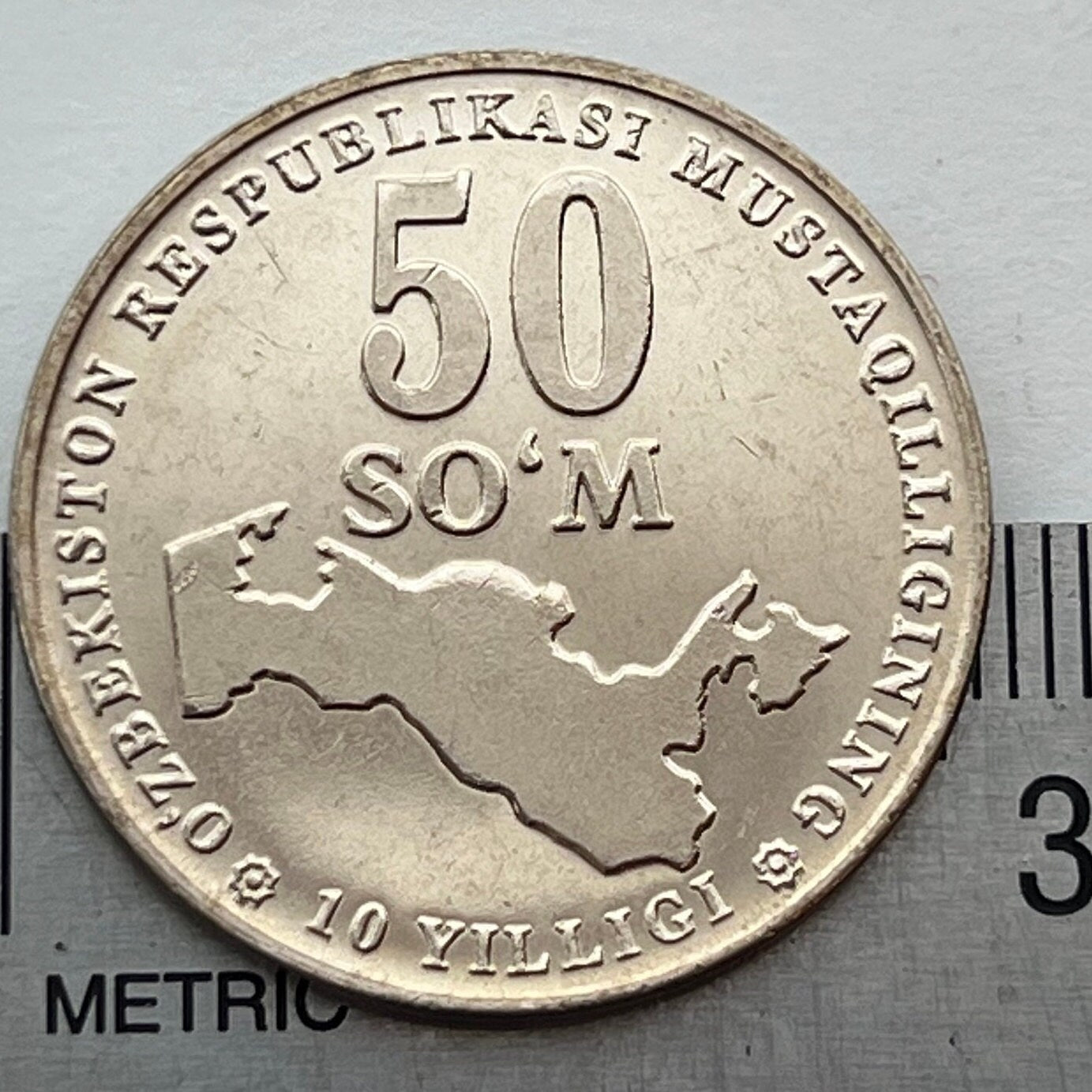
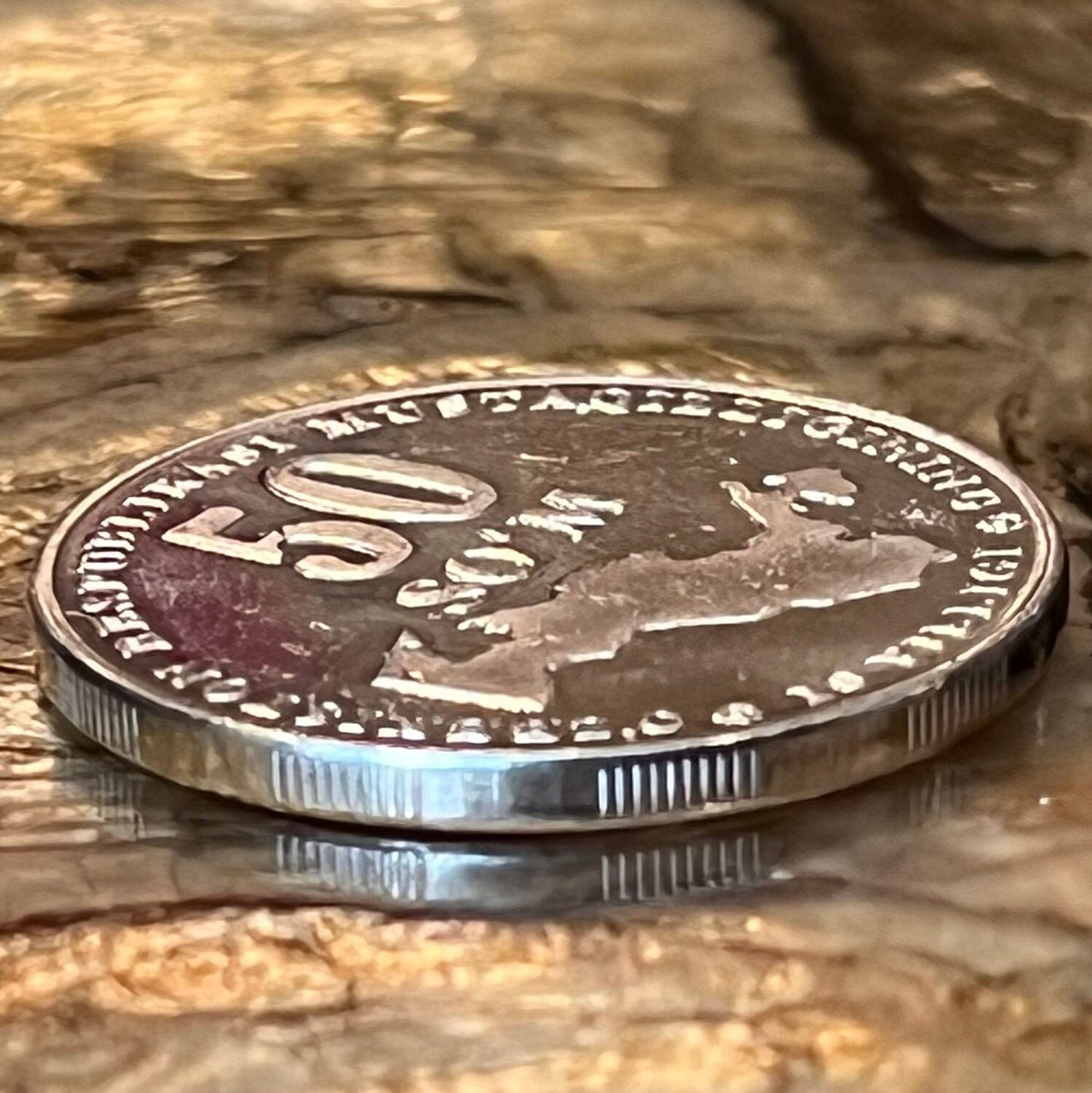
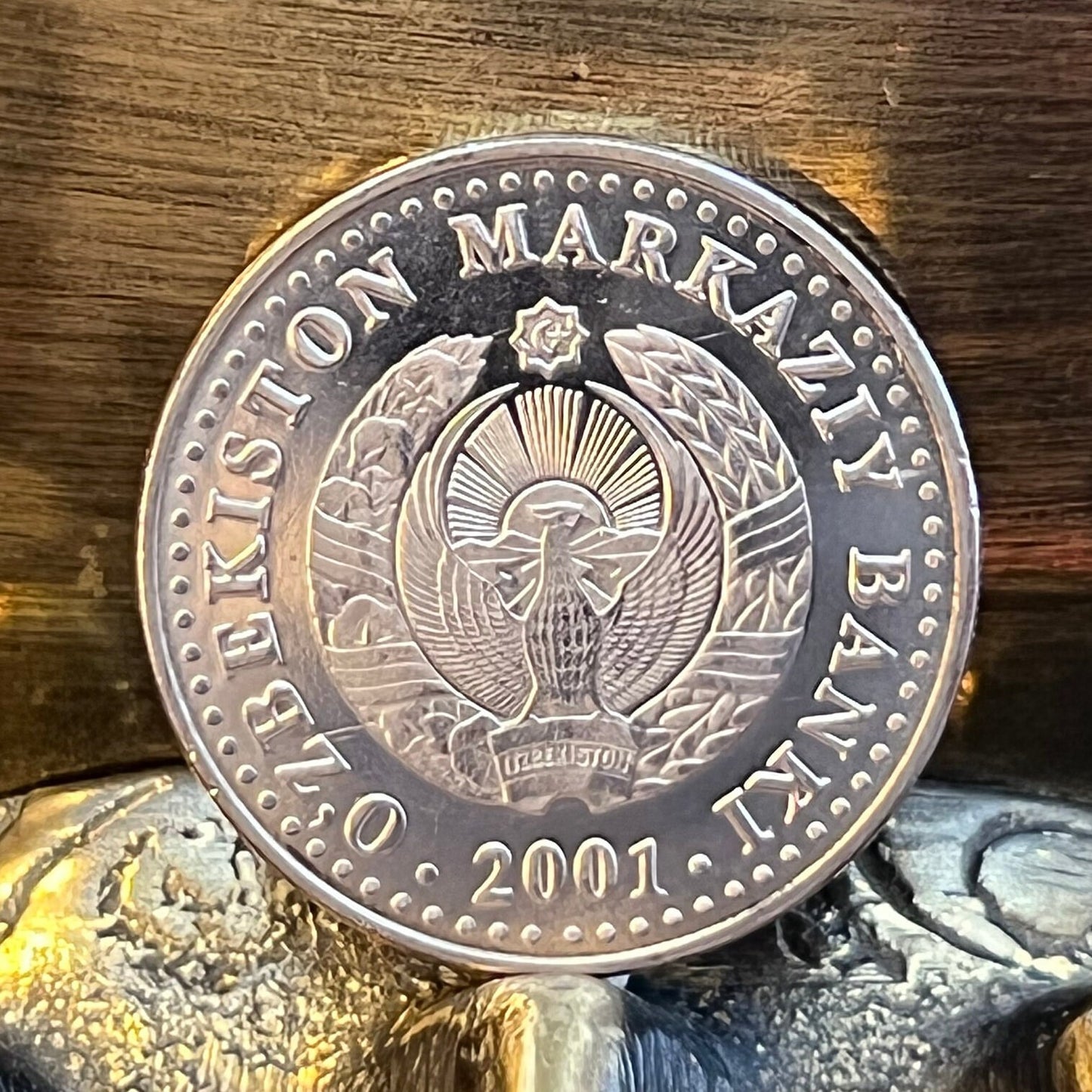
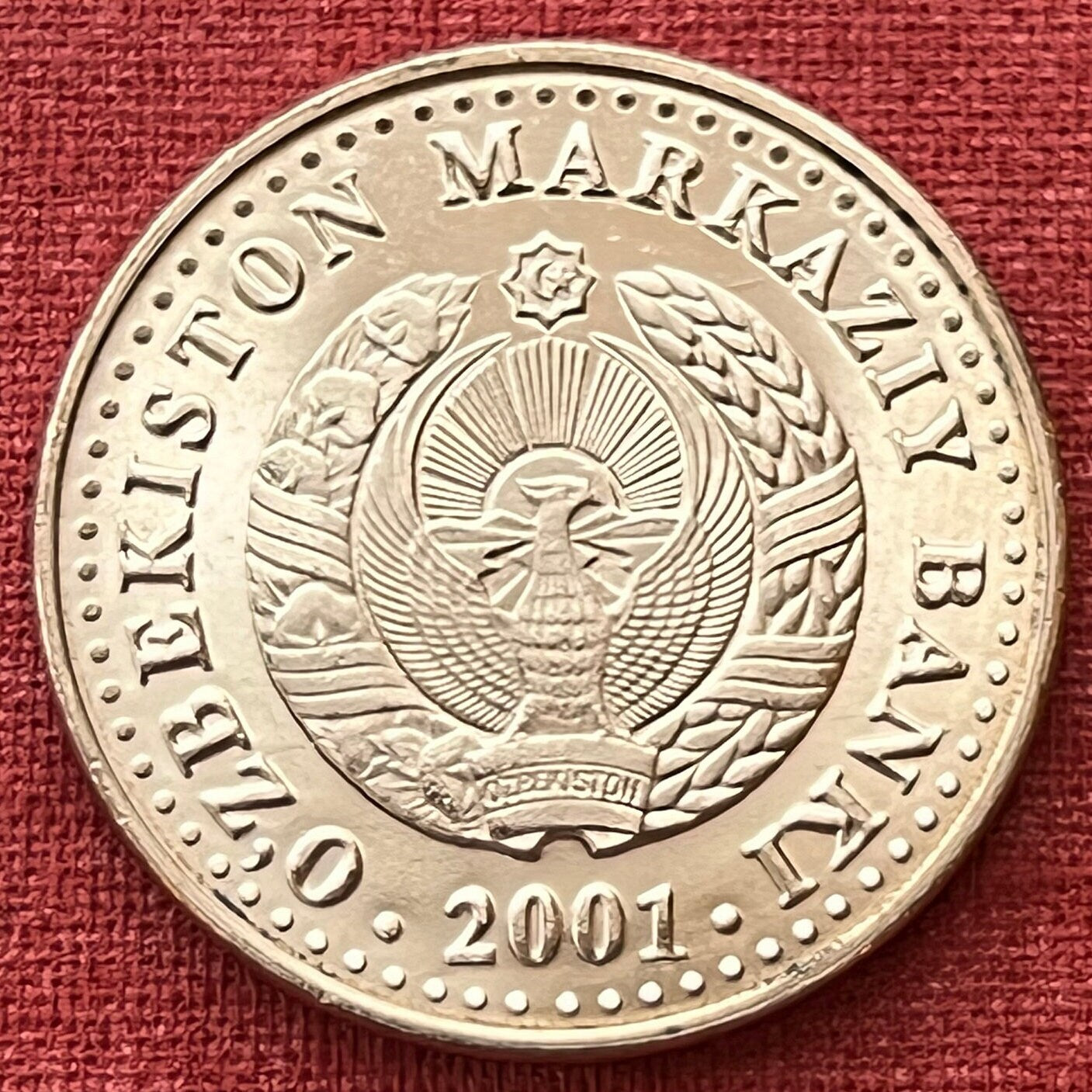


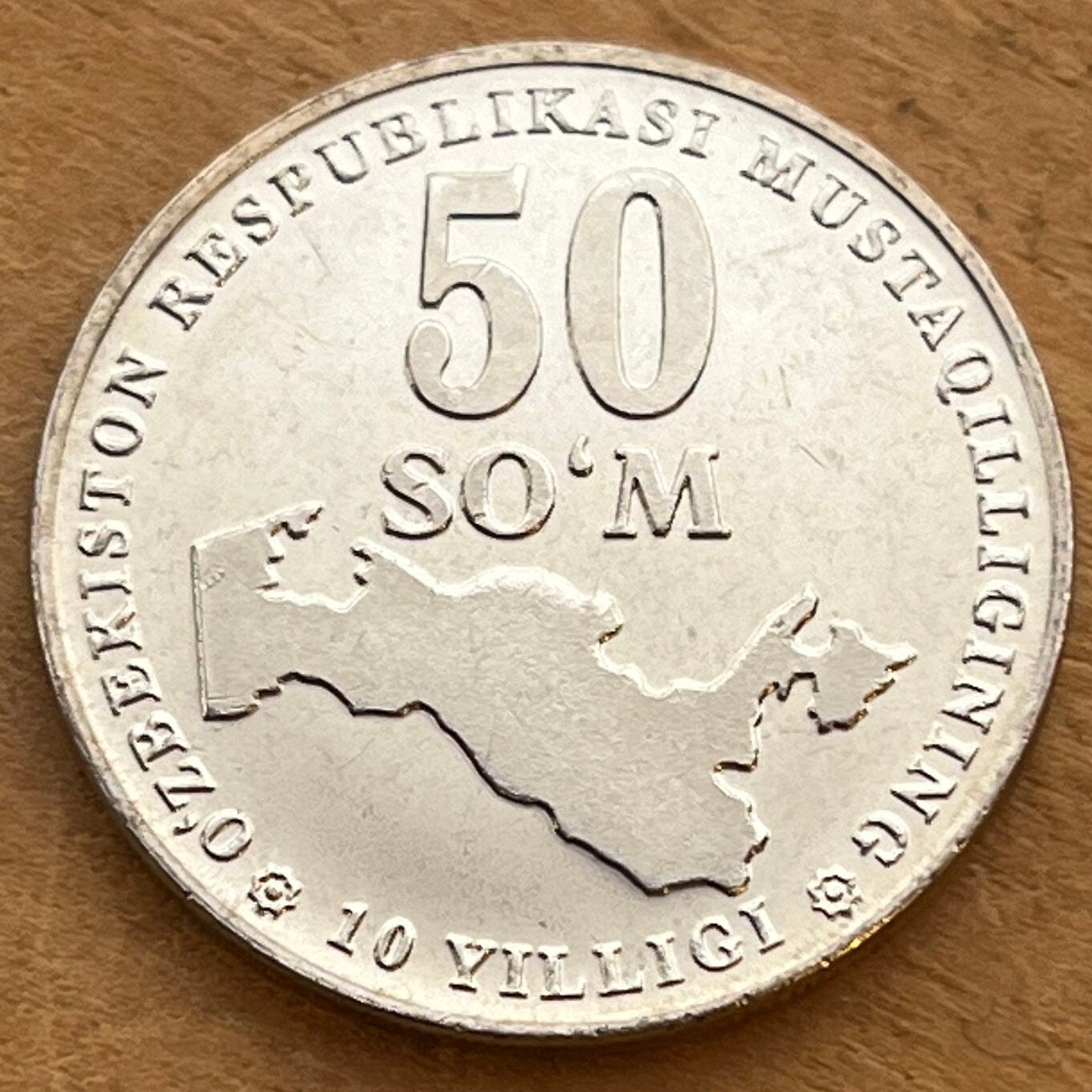
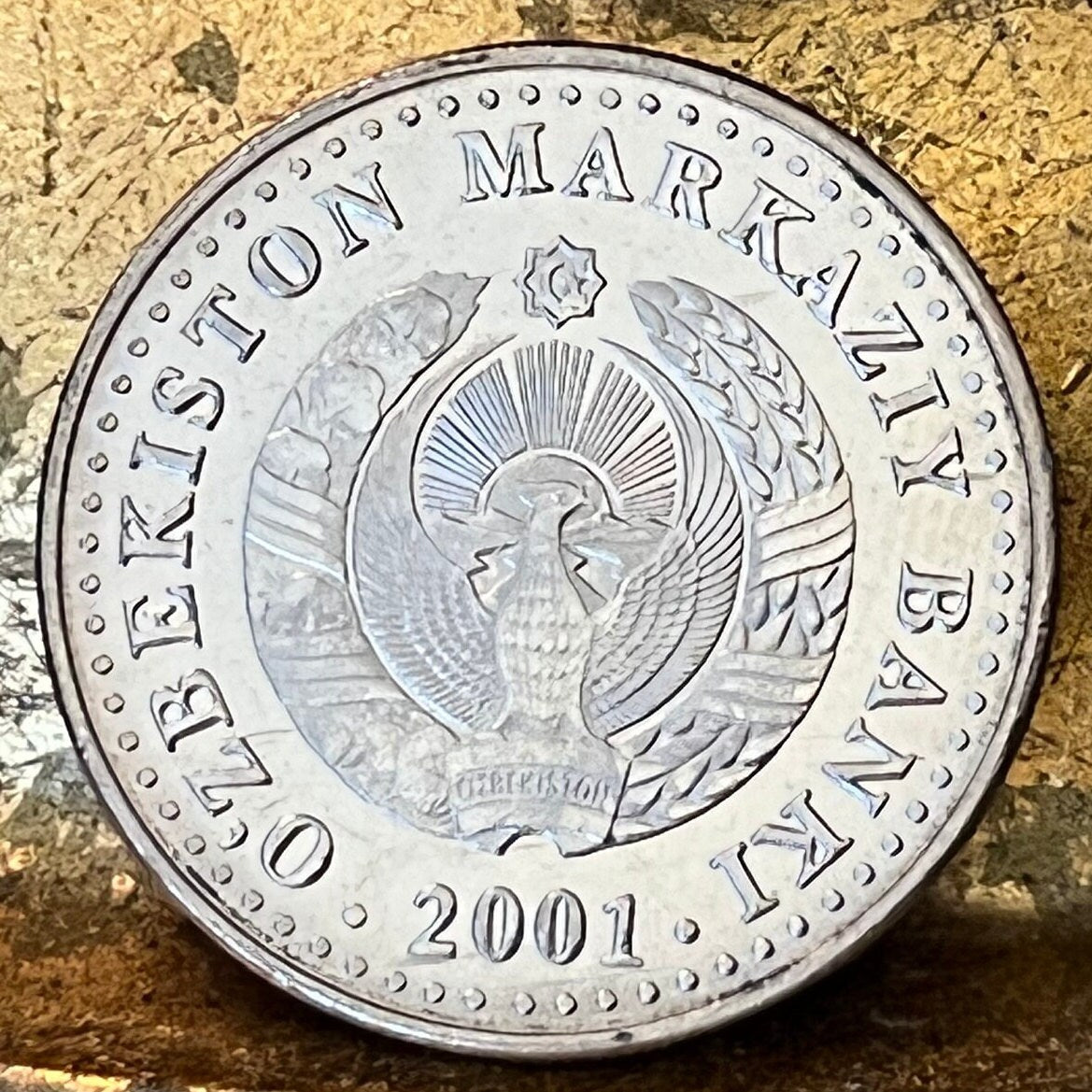
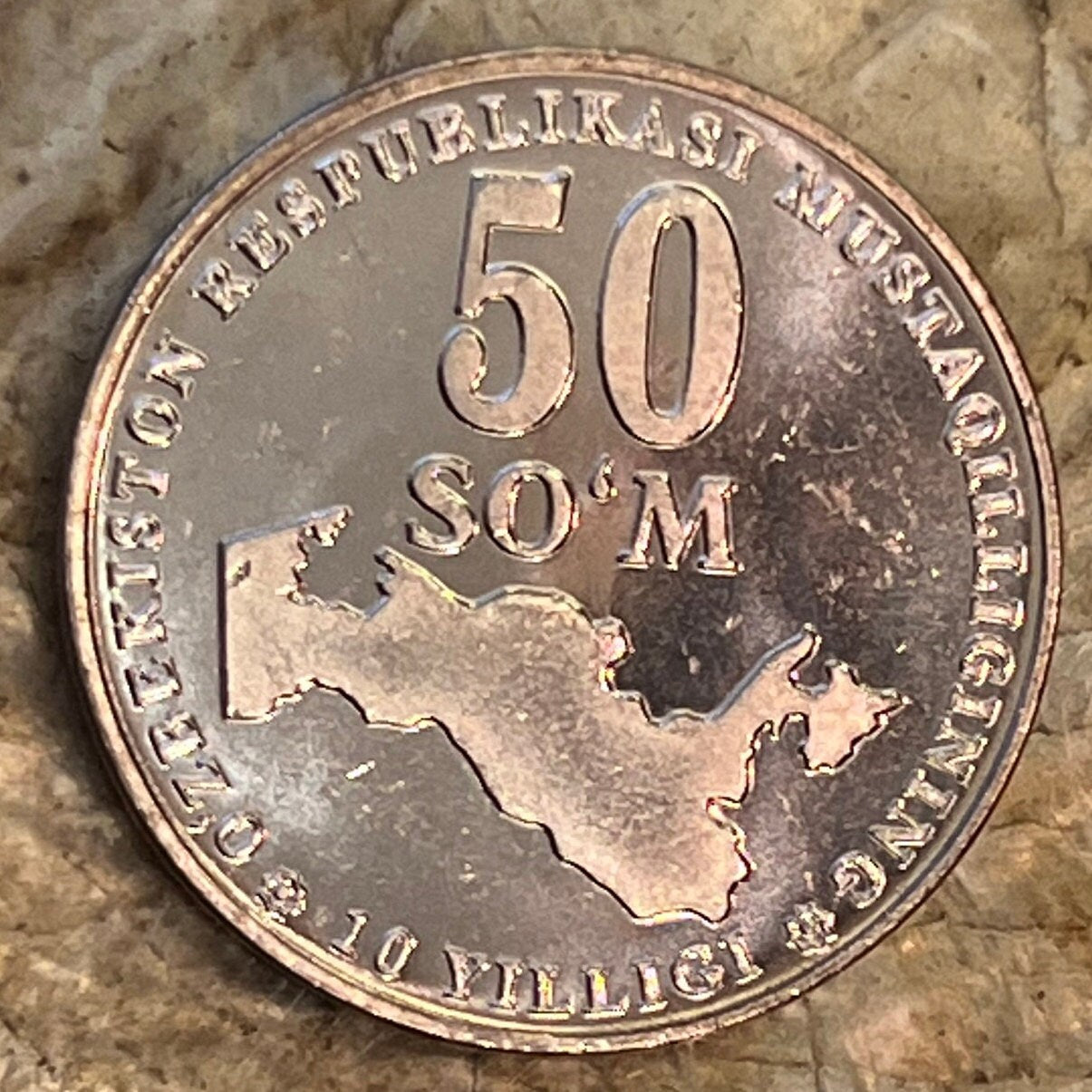
4 stars review from Shannon
5 stars review from Crystal









